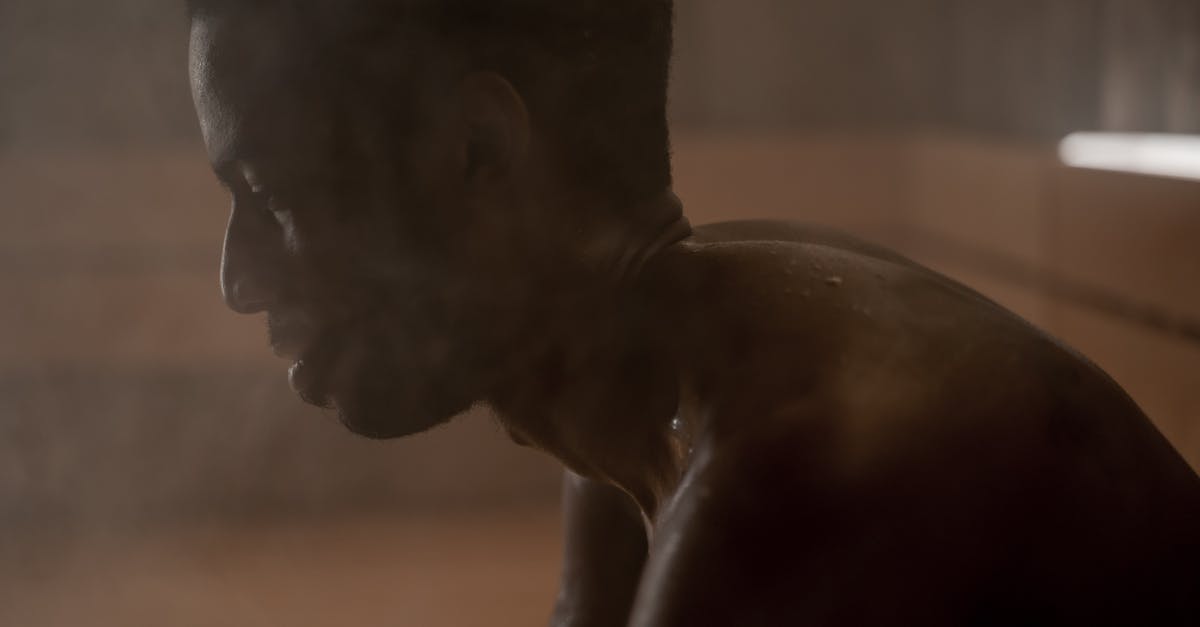Difference between sweating and sautéeing?

I would like to know the difference between sweating and sautéeing? Is the difference between the two, the fact that one uses oil, and the other uses fat, or are there any other aspects to be considered?
Best Answer
The answer is a bit complicated, because there is a confusing language issue here.
In standard cooking terminology, there is nothing in common between the two (except that both are stovetop). Sautéeing requires a wicked hot pan, a layer of oil (you can't use nonstick at these temperatures), and constant movement of the food. Basically, you are burning/caramelizing the outermost layer of your small pieces of vegetable while keeping the inside juicy. And if you'd let the food rest for a few seconds in contact with the hot pan, it will burn, so you have to keep it jumping.
Sweating is the process of allowing heat to slowly break down the cell walls of the plant. It is done on medium low temperature, and frequent stirring is counterproductive. In fact, if the pan is not crowded, you can do the whole process without stirring at all. It is usually done with fat, because this produces some very tasty byproducts (I've read of a study found that one of the flavors people found to be most pleasant in meat was in fact produced by a chemical reaction of onions and butter). But the fat is not strictly necessary for the process to take place. The resulting vegetables are soft through and through, and have lost some of their water during the cell wall breakdown. It needs some experience to find the temperature at which the food won't burn, but the juice will cook off quickly enough to not turn the bottom layer limp.
But this terminology is not common among home cooks at all in English speaking countries. I have never seen the term "sweating" in an English recipe meant for home cooks. And for some reason, they use the term "sautéeing" instead, even when they are clearly not sautéeing at all in the culinary school sense. I don't know what has caused this strange language phenomenon, but it has led to a somewhat confusing situation.
The result is that you have to know your source. If it was written for and/or by home cooks, you can assume that there is no difference at all. When you read "sautéeing", you should sweat your vegetables, or brown the meat. If you are using a professional cooking resource, you need to use the other definition. Also, if it's for home cooks but a translation from a language which makes the distinction (e.g. German), it is possible that it uses culinary school terminology. It's a bit like the dinosaur/bird terminology problem in biology: depending on who is talking, it means different things.
Pictures about "Difference between sweating and sautéeing?"



Quick Answer about "Difference between sweating and sautéeing?"
So, sautéing adds deeper flavors and richer colors to the finished dish. Sweating is the process of releasing flavors with moisture and low temperatures. Fat, in this case, is used just to hold the non-volatile flavors as they're released from the onion. No browning takes place.What does sweating onions mean?
This technique describes the cooking process of softening an onion and drawing out its natural sweetness without allowing it to take on any colour. The onions are gently sweated in a little oil or butter.What does sweating garlic mean?
In this recipe we sweat the garlic in the pan as opposed to sauteing the garlic. Sweating is the term used when you cook aromatic veggies in a relatively small amount of oil and cook them over low heat. This draws out the moisture, cooks them down so they are soft and prevents them from burning.How do you sweat bacon?
First, place your bacon in the pan and add just enough water to cover the bottom of the pan before turning the stove to high heat. When the water has boiled, lower the heat to medium, and once the water has evaporated, reduce the heat to low. Continue to cook the bacon until it's at your desired crispiness.What does it mean to let cabbage sweat?
Sweating vegetables is a technique that uses a gentle heat to soften vegetables and gently draw out their flavors. The idea isn't to brown or caramelize them\u2014instead, the mellow aromas from the vegetables should mingle with the rest of the dish without dominating it.Cooking onions: the difference between sweating and sautéing | how to sweat onions and garlic
Sources: Stack Exchange - This article follows the attribution requirements of Stack Exchange and is licensed under CC BY-SA 3.0.
Images: Ron Lach, cottonbro, Tim Gouw, Norma Mortenson
